


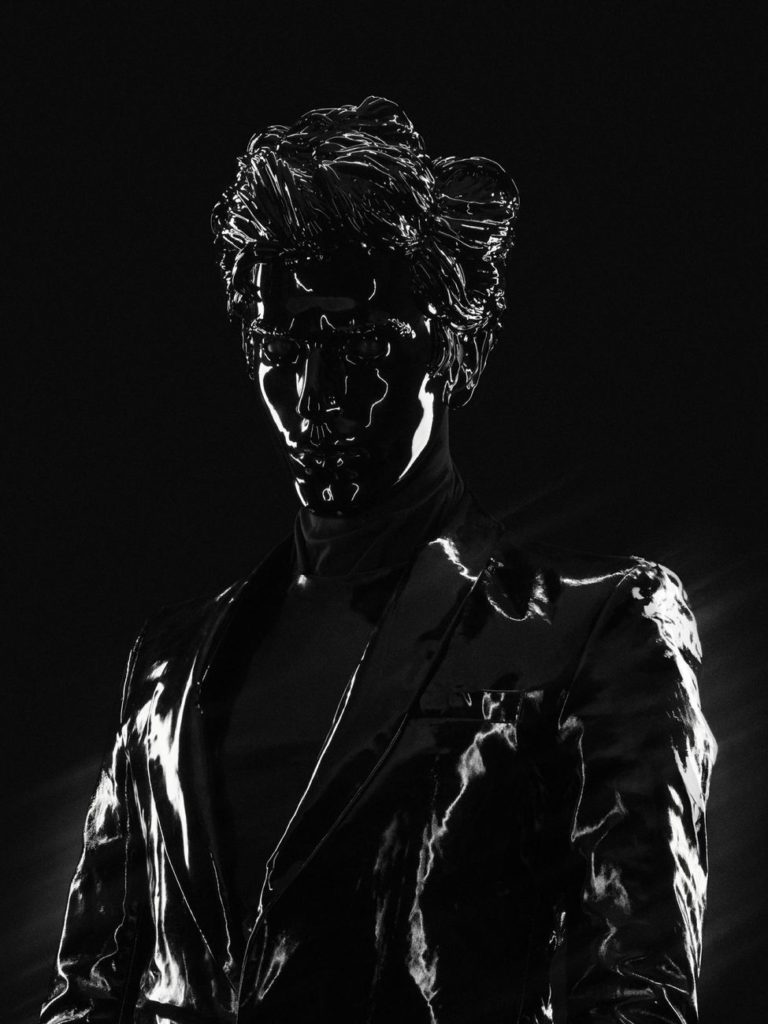
The world of electronic music impatiently awaited the successor of the MONSTREUX Aleph, released in 2013. They were soon disillusioned.
Advertised with wall size teaser posters in 4×3 throughout Los Angeles and Paris, the disappointingly flaccid Hyperion, with its succession of guest spots (the inevitable participation of The Weekend and Pharrell Williams) seemed to have only one goal: to follow in the footsteps of Daft Punk towards a conquest of the USA. In fact, in April, at Coachella, for his first live show, “Gesa” gave his performance with his head covered by a dark mask and his body dressed in a strange silver costume. After having been abandoned by his fans, the producer attempted in October to reach back into the underground with the EP Novo Sonic System, somewhere between cold-wave and EBM. Not very convincing. Only one live show has been announced in our country, for 2020 at the Accor Hotel Arena, in Paris.
“Electro: from Kraftwerk to Daft Punk” at the Paris Philharmonic was without a doubt one of the key electronic events of the year. To the rhythm of eleven mixes concocted by Laurent Garnier, the public, both newcomers and veterans, were able to (re) discover the history of electronic music and some of the major figures of the scene. Throughout the 800m2 of the exposition path conceived by 1024 Architecture (the team that designed Étienne de Crécy’s “Cube”), the installation allows us to wander between Daft Punk’s “Technologic” universe, with a cinema screening room dedicated to Kraftwerk, or into the luminous “Core” experience, also designed by 1024 Architecture. And this is just a part of what’s there to be seen and heard.
For those who didn’t have the chance to visit, a breathtaking 256-page catalogue was created under the direction of Jean-Yves Leloup, the exposition curator. He has explored the entire electronic spectrum from the musique concrète of Pierre Henry to recent photos of a spectacular rave in Georgia, techno’s newest frontier. Every single thing you want to know about electronica.

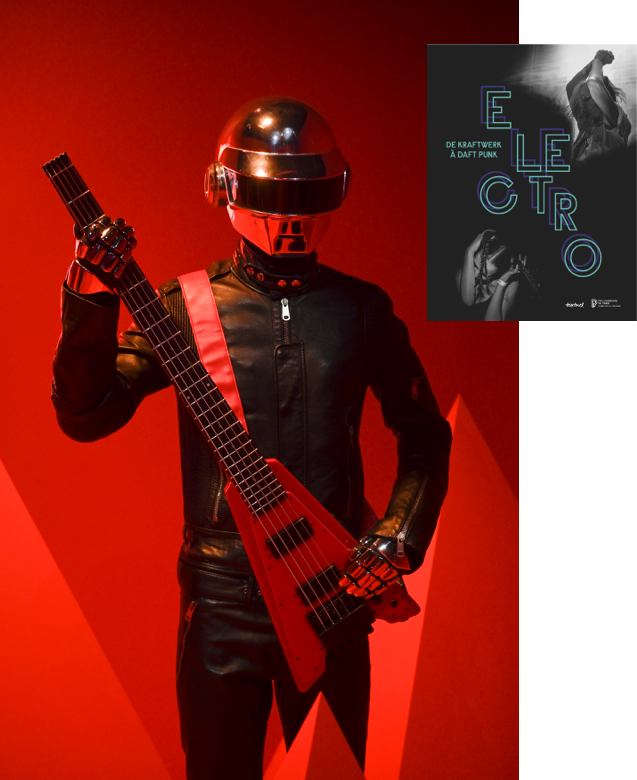
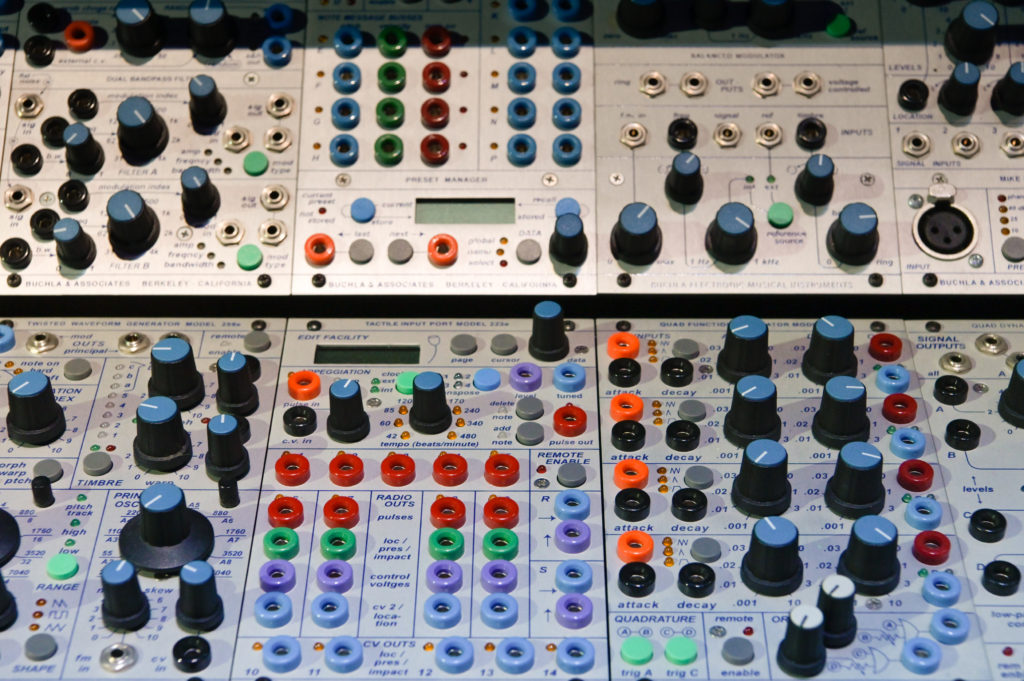
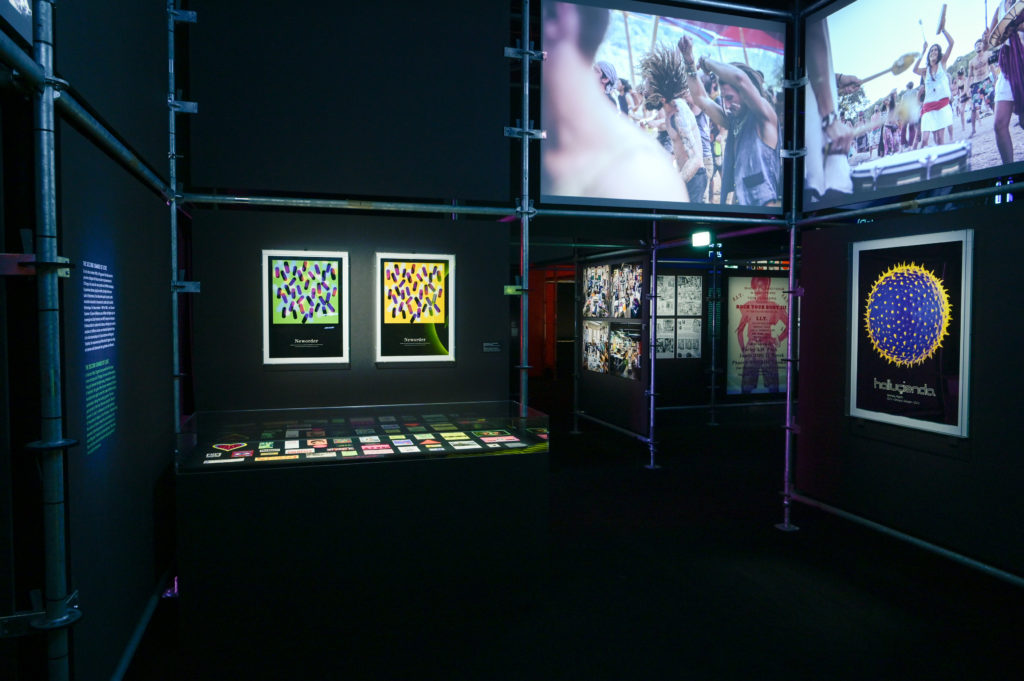
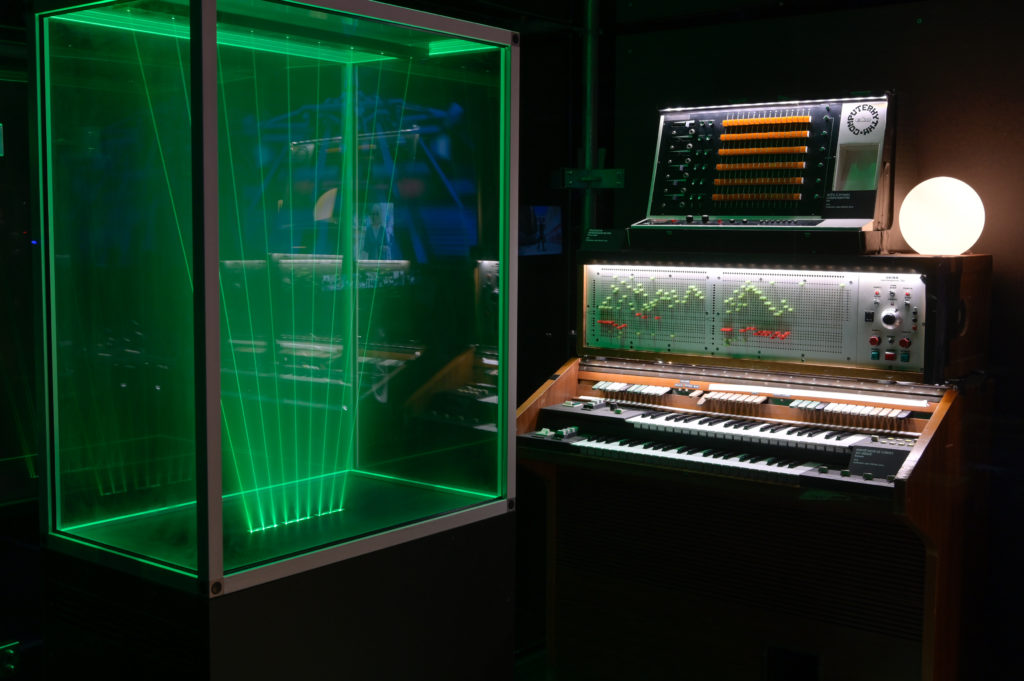
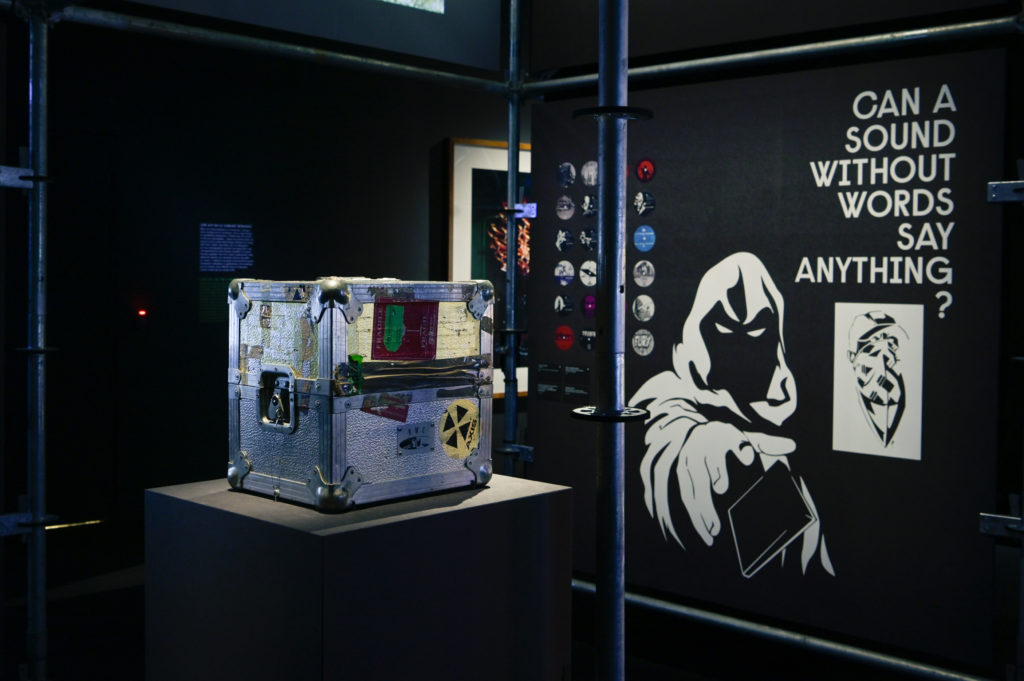
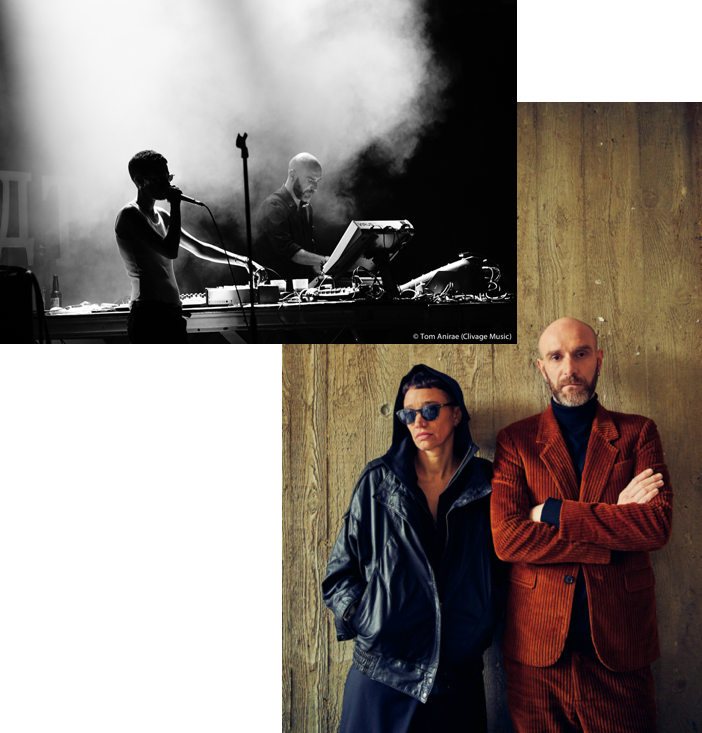
A French duo, with a Russian name, German lyrics, and an album presented as an homage to the Berlin techno of its beginnings, look composed of white shirts, black ties, and heads covered with tar and feathers… The duo Kompromat had everything it needed to be noticed. They did much more than that, becoming one of the great electronic successes of 2019, on disc as well as on stage. The duo consists of Julia Lanoë, alias Rebeka Warrior (Sexy Sushi, Mansfield.TYA), and Pascal Arbez-Nicolas (Vitalic, Dima) who complement each other perfectly, and Kompromat is quite seductive, all the while proposing music that can’t be described as warm. More akin to Berlin techno, Traum und Existenz plunges us into a cold electronica, sometimes poetic, sometimes glacial, often radical and even virulent. One of this debut album’s strongest features is the vocal presence of Rebeka Warrior. Even though she doesn’t speak a word of German, she works the language with wicked cleverness, ever playful even while she shouts, screams, and hammers it… This successful combination was showcased to joyful reception at all the festivals and concert halls that Kompromat strode through since the beginning of 2019, showcasing its imperial experience…
Here is an album that was (truly) in the waiting. It’s been eight years that “Agoria” Devaud promised a follow up to Impermanence which itself was released in 2011. The select few who had enjoyed the privilege of listening to the recordings echoed a more than positive rumor, yet nothing was released. There arose increasing doubt that began to assail the DJ/producer from Lyon, now settled in Paris since 2010. In the end, carried by the excellent songs like “You‘re Not Alone” or “Remedy”, this fourth ambitious record is very different from his preceding productions. It’s a warm and refined album, that leans towards pop and melodies, without at all denying its electronic culture. It is a very mature disc, without brutal techno, nor any house anthem calibrated for the dancefloor, but which rather flirts as much with soul as with electronic, and even hip-hop, as testified by the intense Call of the Wild. This powerful song was also accompanied by a long “Hollywood” style video, shot in the United States for a budget that seems larger than it probably is. The incisive ten-minute-long thriller is the third video to accompany Drift, after the sumptuous clips for “Embrace” and “You’re Not Alone”. It’s a sign that Agoria is as interested these days in images as in music. This is probably one of the greatest musical and visual successes of the year.


Laurent Garnier sent out a strange announcement on June 18, 2019 : an unabashed trailer in whose first part he parodies himself, playing fictional supporting roles, mastering the irony to perfection, followed up by a more serious second half that invites us through the electronic capitals of the word, in the company of increasingly eminent guest stars (Carl Cox, Seth Troxler, Jeff Mills…). In just four minutes, the pioneer of French techno then asks for contributions that put director Gabin Rivoire documentary Off the Record a wonderful spotlight. As a result, the 180 000 euros collected, largely enough to finance the documentary, chronicle three years of immersion in the world of Garnier. Off the Record will be screened in sneak preview in January 2020 before being released on the screens, we hope, widely.
There are very few quality documents that recount the foundations of the house and techno movement in France. This makes Meyer’s book, published by Loco Éditions, that chronicle the Lunacy parties held between 1992 and 1997, in the relatively clandestine suburban warehouses of Paris, even more precious. It is at once a first-hand testimony of the raves of the emerging 90s, as well as a remarkable artistic work on its own right, a splendid object. Having become a respected photographer belonging to the collective Tendance Flou, Meyer admits that he didn’t take so many pictures during the Lunacy parties, of which he was one of the organizers. “I had much better things to do », he says, and we’d like to believe him. But the few “raw and clandestine” images that he did shoot, in black and white, on the fly, and often dancing himself, show faces beaming with happiness, and bodies abandoning themselves to this new emerging sound. There’s nothing but smiles in in this book, and bodies in trance, happy to dance together. That was techno.
Eight years after the accidental death of DJ Mehdi, another seminal figure of the French Touch has departed tragically and under similar sad conditions. On June 19th, it was also a fall that took the life of Philippe Zdar, one half of the duos Motorbass and Cassius, creator of the Motorbass studio in the 18th arrondissement of Paris, where he’d produced remarkable albums for artists like The Rapture, The Beastie Boys, Hot Chip and Cat Power. A bright figure, well appreciated by his comrades on the electronic scene, Philippe Zdar was only 50 ans. With his partner Hubert “Boombass” Blanc-Francard, who he met while both were working for MC Solaar, he was preparing to release a new recording in two days, the fifth album of Cassius, unanimously hailed as one of their greatest records ever. The French and international scene gave him unanimous homage and accompanied him in a poignant ceremony through the streets of his neighborhood, all the way to the Montmartre cemetery.

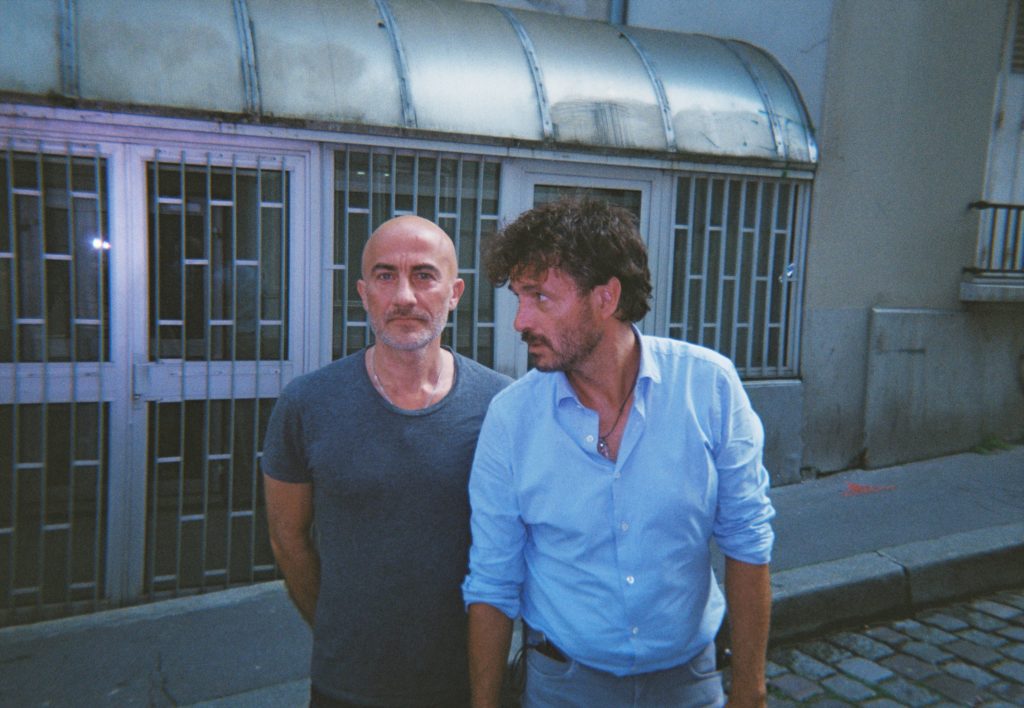
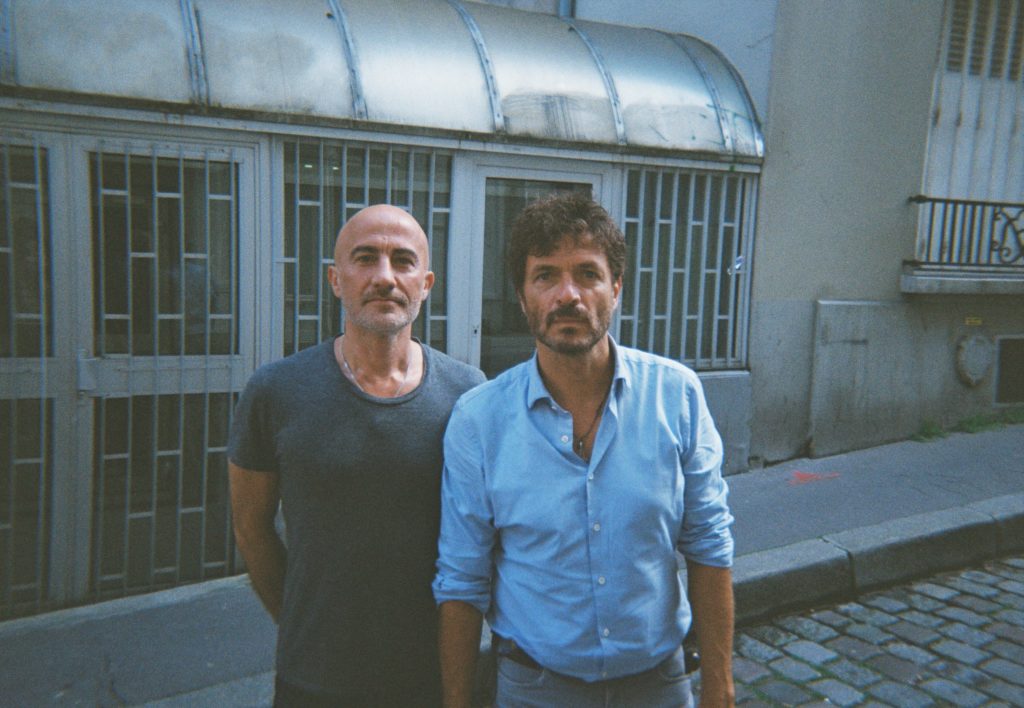

June 21. Steve Maia Caniço went to the l’île of Nantes, quai Président-Wilson, with his friends to celebrate the Fête de la Musique. At around 4 am in the morning, it was time to cut the music. In spite of some discussions with the police, the techno sound systems had to pack up. But around 4 :20, a DJ threw down “Porcherie” (“Pigsty”) by the Béruriers Noirs, and the police charged – or respond to thrown projectiles, according to some versions. No one could see a thing, teargas was everywhere, and the sound of flash balls echoed throughout the night. Panic erupted. Several people fell into the Loire river – the banks were not secured at that particular site. That’s what happened to Steve Maia Caniço, who didn’t know how to swim. Declared missing, posters asking “Where is Steve?” were hung up all around France. More than a month later, on July 29th, his body was found in the Loire. “Where is Steve?” transformed into “Justice for Steve”. His death became a symbol of the struggle against police violence for a youth generation that is fighting for the right to party freely. An investigation by the IGPN (General Inspection of the National Police), a counter investigation… and the Loire-Atlantique police department refuses to recognize responsibility of the police in the death of Steve. Several months later, the Techno Parade was dedicated to him, with a float demanding “Justice for Steve”. He was 24 years old.


Between its opening time and closing hours, Paris by night has lived a tumultuous year. First, there was the closing, on the 22nd of July of the famous club Concrete, which had contributed so much to Paris’s club scene for over a decade. The owner of the barge that housed the club situated at the Quai de la Râpée was not able to renew its increasingly costly lease. The activists of the Surpr!ze agency, promoters of the Concrete parties, immediately counterattacked by occupying a bit of SNCF state railroad and transforming it into a hot club. The Dehors Brut party was born. But life is anything but a long, quiet river, and in spite of efforts of the promotion team to protect its public, Dehors Brut was confronted by a death from overdose at the beginning of September. The response of the authorities was sharp and strict : thirty days of administrative closing. This was the price to pay, even if it did nothing to solve the problem of drugs in France. Dehors Brut was not the only club closed this year by the Paris’s police department. At the end of September, NF34, located near the Gare Austerlitz, was also forced to close its doors, following an incident in mid-July, linked to consumption of GHB behind its doors. This lamentable series of “shocking news” shouldn’t allow us to forget that the Parisian night is still very active, and featured the opening of the club Joséphine, magnificently situated at the summit of the Théâtre du Châtelet, as well as the itinerant parties (from May through October) of Jockey Disque at the Auteuil Hippodrome horse track as well as the total renovation of the Cabaret Sauvage. So many new opportunities to live Paris by night.



With no audience, in the immense space of the Cité du Cinéma in the Paris suburbs, flashing lights and two deadpan silhouettes, between the keyboards and machines : after their album Woman and the spectacular World Woman Tour that followed, Gaspard Augé and Xavier de Rosnay, alias Justice have released a live recording of a concert where new songs mix with classics like “Stress” and “DVNO”. Iris : A Space Opera doesn’t have anything to do with an opera, but it certainly is an hour long voyage into space, with a camera that moves about like a Gaspar Noé film, with flashes of light and spectacular camera movement. The film will be released in the cinemas for only one night, on the 29th of August in forty countries and then will be available on DVD on the 27th of November, in a triple box set, with collectors’ vests and a VHS version for the more vintage oriented fans. After Pink Floyd, Live at Pompei in 1972, why not Justice at Saint-Denis in 2019 ?


The incessant activity of the creator of Oxygène extends from the studio to the stage and at last, this year, even lends itself to a very beautiful biography, entitled Mélancolique Rodéo, in which we discover that he is a brilliant writer. This work, often quite poignant, of course recounts Jarre the musician, but also explores his complex personal relationships, particularly with his absent father (the eminent film composer Maurice Jarre), who abandoned him and his mother at a very young age. It’s also a book full of encounters, with personalities as diverse as Stephen Hawking, Arthur C. Clarke and Edward Snowden, people who’ve influenced the musical path of this world citizen, who is especially impassioned of China.
A large part of these memoires is devoted to his giant concerts at the Concord as well as in cities like Houston and Moscow. It’s definitively worth reading, even if one isn’t especially moved by Jarre’s music, and that is, with little doubt, the greatest of compliments.